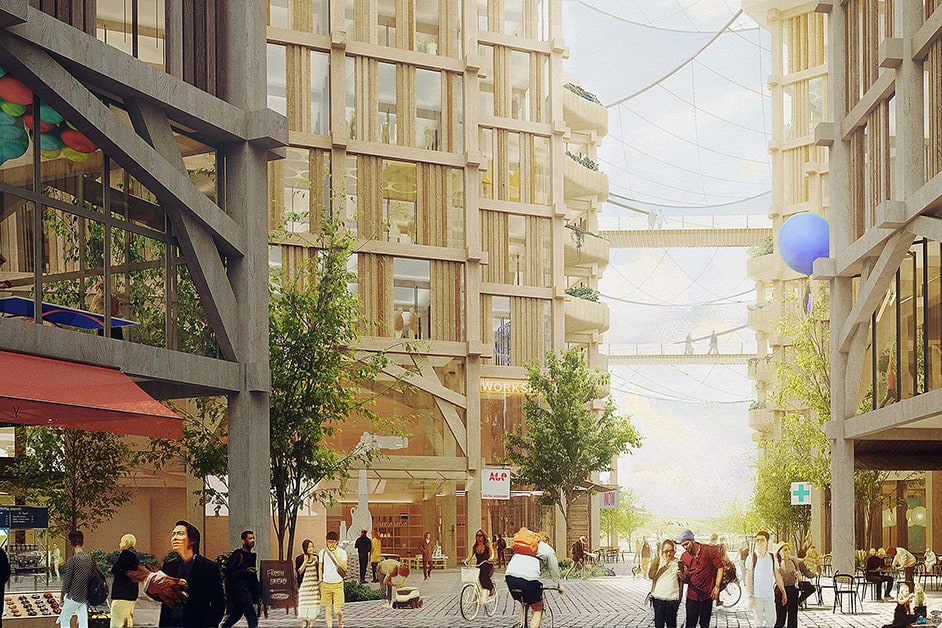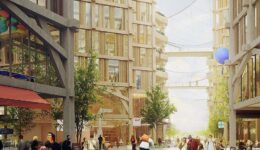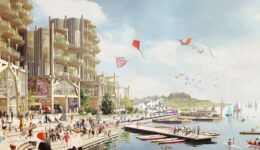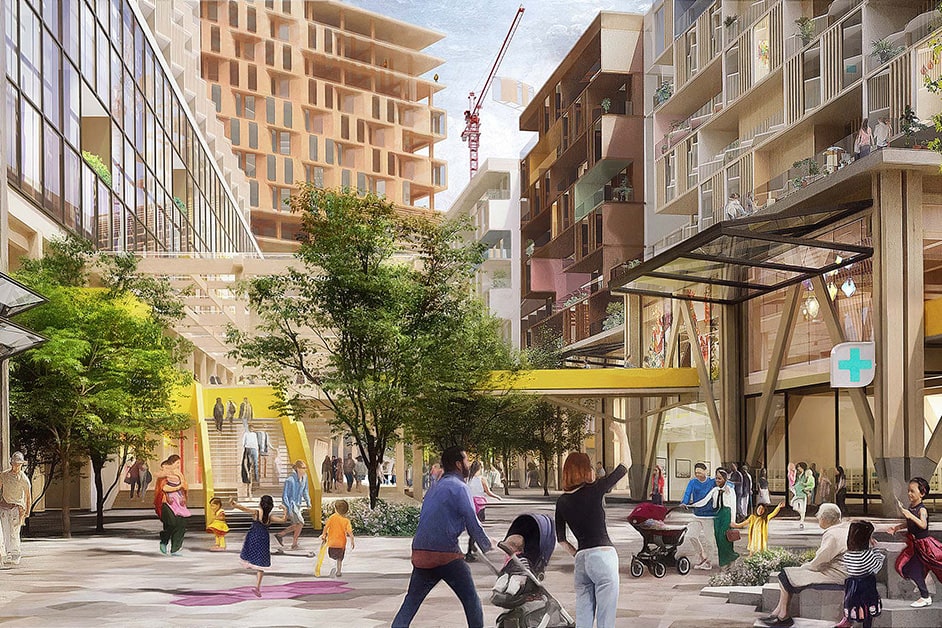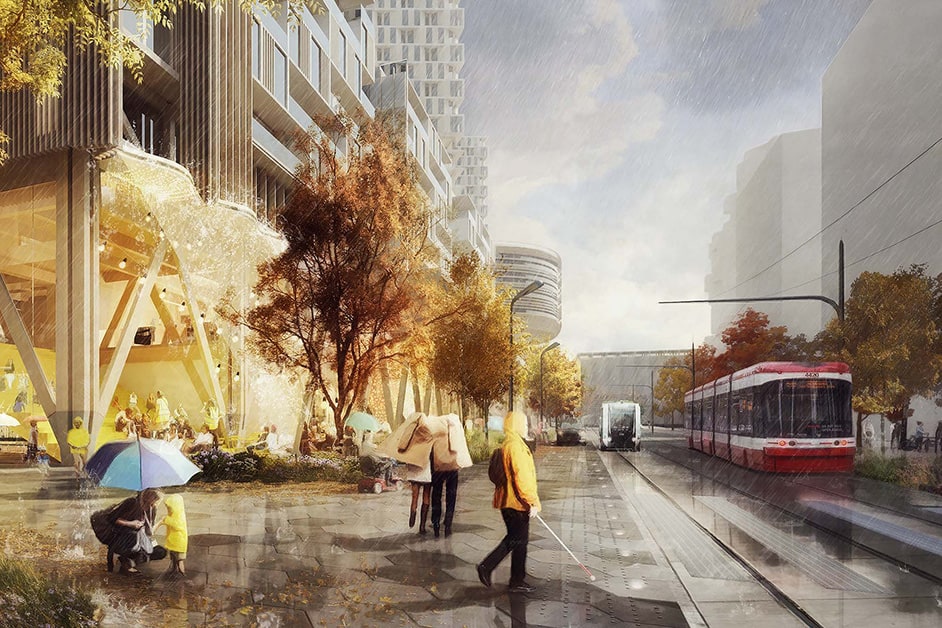 Photo © Jamesteohart via ShutterStock
Photo © Jamesteohart via ShutterStock .
Urban development can benefit tremendously from new information and computing technologies, but smart cities can underperform if they lack strong human and cultural connections.
The advent of big data and massive computing power in the 21st century has inspired a wave of data-driven urban planning and “smart city” development. In some ways, the confluence of big data, multi-cloud computing, and smart cities builds upon an ages-old tie between technology and urban development. However, in the case of smart cities, rapid technological advances do not always guarantee success. The key variables? Culture and Community. Human connections can be understood as essential social infrastructure, to be cultivated alongside high-tech physical infrastructures.
The Evolution of Smart Cities and Big Data
The smart city movement actually began in the mid-20th century, when the nascent fields of computer science and cybernetics crossed paths with urban planning efforts. A 1970s research project, “The State of a City: A Cluster Analysis of Los Angeles,” suggested new possibilities for meshing big data with urban development to inform policy conversations.
By the early 2000s, technology companies like IBM and Cisco began to invest in systems to incorporate data acquisition tools into the built environment. The goal was to collect information that would help resolve urban challenges in cities across the world. Smarter power grids, traffic systems, and food systems were coupled with algorithms to analyze all of the data and create a path toward tangible improvements.
Amidst the rise in data-driven urban development in recent decades, three examples serve to illustrate some of the benefits and shortcomings of smart cities to date.
Songdo: a smart business district in need of human warmth
The Songdo International Business District was built from the ground up on approximately 1,500 acres of reclaimed land located southwest of Seoul, South Korea. Planned over the course of a decade, with careful research into urban form and features, the city opened its first phase in 2005, and counted more than 160,000 residents by 2020. Songdo was envisioned as a sustainable and hi-tech city that would help alleviate Seoul’s increasing problems with pollution and overpopulation.
On a technical level, the city has fulfilled many of its goals, especially with respect to the incorporation of technologies like traffic flow sensors and automated trash tubes.On the other hand, some residents have said that the city feels impersonal. While the technology is there, the city could do more to instill a sense of community among its residents. Sophisticated data and infrastructure, it seems, do not necessarily answer to fundamental social and cultural needs that are essential to urban life.
The key takeaway from this project is that technical innovations can indeed optimize certain aspects of urban life, but these must be paired with a better understanding of human social and cultural factors.
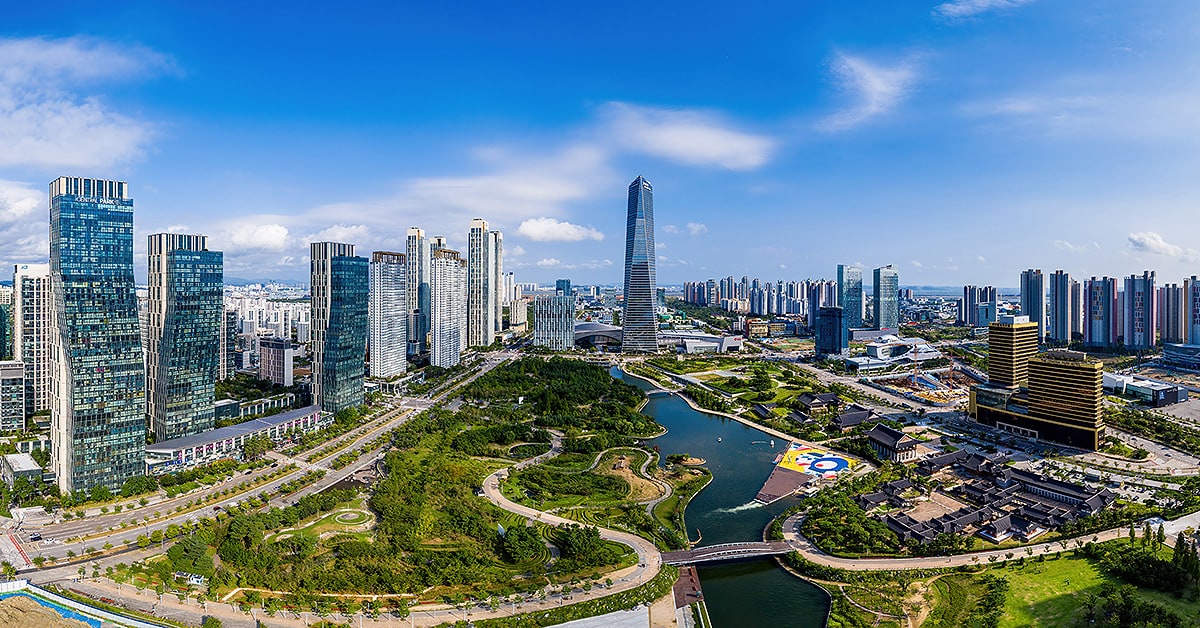
Songdo International Business District, Seoul, South Korea. Photo © Stock For You via ShutterStock
Sidewalk Labs, Toronto: The issue of privacy
Sidewalk Labs, the urban planning and infrastructure department of Alphabet, the parent company of Google, took on the challenge of creating a smart city on the waterfront of metropolitan Toronto, Canada.
Developed during the mid-to-late 2010s, the proposal aimed to be a hyper-sustainable model of smart urbanism. From the choice of building materials to the ease of maintenance of infrastructure, as well as the provision of inviting public spaces and amenities, there was much to admire in this vision of walkable, healthy urbanism. However, the need to gather large amounts of data proved untenable due to privacy concerns. In 2020, a few months into the global pandemic, the project was largely cancelled.
In retrospect, the lesson of Sidewalk Labs is that great innovations are possible in urban planning and design, but that privacy may be an issue in data-driven development. In planning tomorrow’s smart cities, developers and designers will have to figure out how to balance the use of big data with the need to respect privacy.
Sidewalk Labs, Toronto, Canada. 3D Renders © Sidewalk Labs.
NEOM, KSA: Smart City of Tomorrow
As part of Vision 2030, the Kingdom of Saudi Arabia is developing the smart city of NEOM along the Red Sea coast. This innovative project has four major objectives: to diversify the Kingdom’s economy, to welcome a million residents from the Kingdom and abroad, to become the new model for urban sustainability, and to prioritize livability, health and well-being for its residents.
Though still in development, the plan to date indicates that NEOM may solve some of the problems that plagued previous smart cities. State-of-the-art mobility and housing systems will help connect communities along “The Line,” a belt of live-work communities that don’t rely on traditional roads or cars. A large floating structure, the city’s economic and industrial engine, called Oxagon, powered by 100% clean energy, will attract global talent to help NEOM become an ultra-efficient port city with plenty of cultural attractions.
NEOM’s plans include unprecedented innovations in the use of big data. Beyond networked infrastructure and mobility systems, biometric and health data could help safeguard residents’ health and safety, and connect people with the services they need in real time. If successful, NEOM’s combination of large-scale data functions and green urban design may establish a new paradigm for smart cities worldwide.
What is OXAGON? NEOM, Saudi Arabia. Video © NEOM
Big data and smart cities are likely to continue evolving together in the years to come. What we have learned so far is that technological innovation must complement the development of the human, cultural aspects of urban life. Through research and innovation — and with hundreds of smart urban development projects underway worldwide — we must bring together the best of both worlds to create truly sustainable and smart cities.
Omrania, a renowned architecture firm, has established a reputation for excellence in blending aesthetic and functional design, setting a benchmark for architecture firms in Riyadh, Saudi Arabia.








